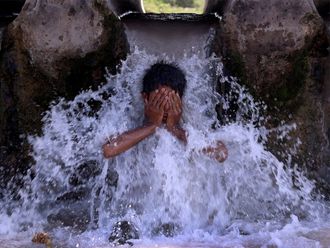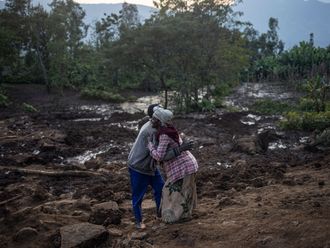San Jose Mine, Chile: A torrent of emotions awaits the 33 miners when they finally rejoin the outside world.
As trying as it has been for them to survive underground for more than two months, their gold and copper mine is familiar territory. Once out of the shaft, they'll face challenges so bewildering, no amount of coaching can fully prepare them.
They'll be celebrated at first, embraced by their families and pursued by more than 750 journalists who have converged on the mine, competing for interviews and images to feed to a world intensely curious to hear their survival story.
They've been invited to visit presidential palaces, take all-expense-paid vacations and appear on countless TV shows. Contracts for book and movie deals are pending, along with job offers. More money than they could dream of is already awaiting their signature.
New reality
Right now they are true heroes. Some will become celebrities if they want to. But eventually, a new reality will set in — and for most, it won't be anything like the life they knew before the mine collapsed above their heads.
"These people who are coming out of the bottom of the mine are different people... and their families are too," University of Santiago psychologist Sergio Gonzalez said.
A secret list has been drafted regarding which miners should come out first when the extraction begins in a rescue capsule, probably tomorrow. The government has promised each miner at least six months of psychological support.
At first they'll feel besieged, poorly treated by the media and perhaps overwhelmed by even the attention of their own families, predicted Dr Claus Behn, a University of Chile physiologist with expertise on disorders stemming from surviving extreme situations.
The problem with being a hero is that "if you look down from the mountaintop, all you see is the abyss. It would make anyone feel vertigo," Behn said.










_resources1_16a30b3523c_small.jpg)

